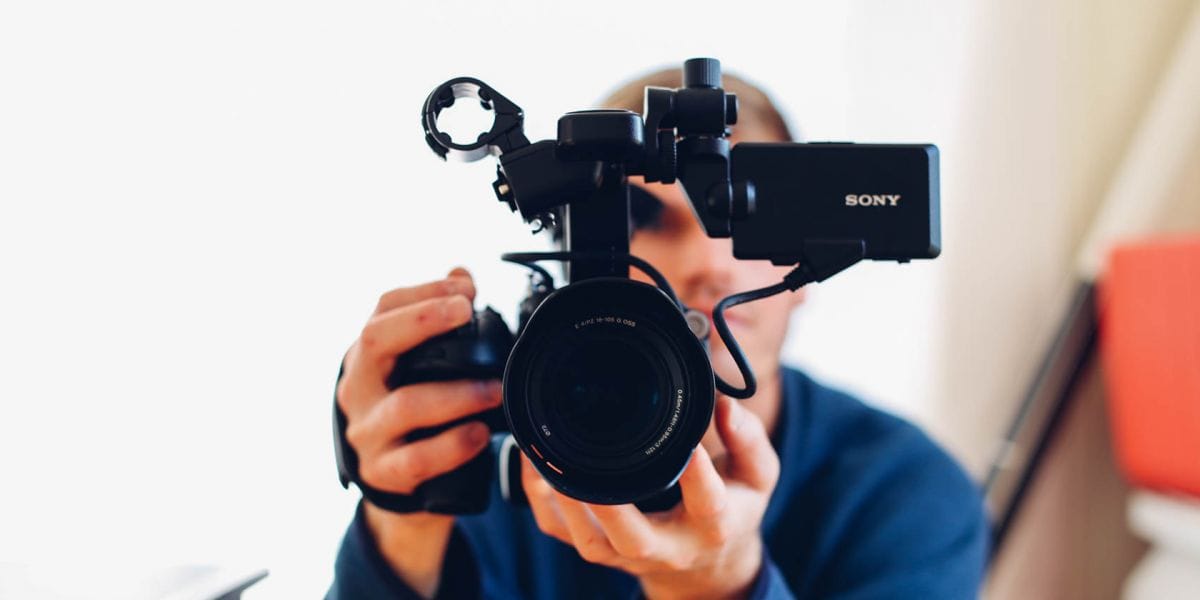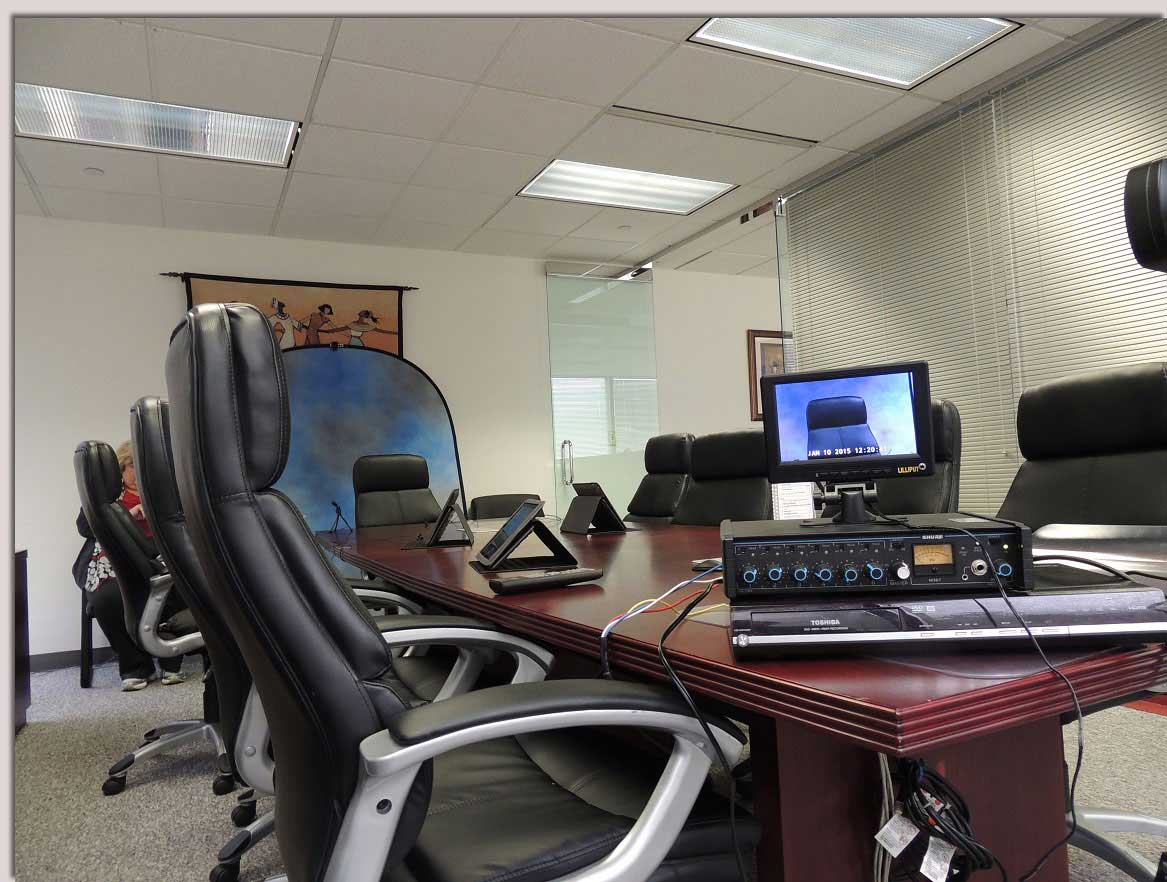Precision-Based Legal Videography for Professional Evidence Filming.
Precision-Based Legal Videography for Professional Evidence Filming.
Blog Article
Why Lawful Videography Is Necessary for Accurate Legal Record-Keeping
In the realm of legal process, the precision of record-keeping is critical, and lawful videography arises as a vital device in this context. As we explore the diverse benefits of lawful videography, one have to consider its effects for the future of judicial stability and transparency.
Relevance of Visual Evidence
Establishing the relevance of aesthetic evidence in lawful procedures is paramount for ensuring accurate record-keeping and improving the overall integrity of the judicial process. Aesthetic evidence works as a crucial device in recording occasions, conditions, and various other essential information that might be important to a case. Unlike created accounts, which are at risk to analysis and prejudice, aesthetic recordings offer a goal, unalterable depiction of realities as they happened.
This kind of proof can record a selection of elements, consisting of witness behavior, ecological context, and physical evidence, every one of which might affect judicial outcomes. By presenting a clear and detailed visual narrative, lawful videography eliminates obscurity and assists to protect the authenticity of the proof.
In addition, aesthetic proof can be crucial in reducing disputes over valid inconsistencies, as it enables for a direct contrast against testimony and other recorded records. In a period where electronic modern technology is increasingly widespread, the capability to existing aesthetic proof successfully can dramatically enhance the general high quality of legal proceedings. Inevitably, the consolidation of visual evidence not only reinforces the paperwork process however likewise reinforces public count on the judicial system by promoting transparency and liability.
Enhancing Testimony Reliability
The integration of legal videography into courtroom process dramatically boosts the trustworthiness of witness testament. By catching the nuances of verbal and non-verbal communication, video recordings supply an even more thorough representation of a witness's temperament, feelings, and reliability. This visual documents enables jurors to observe the witness's body language, face expressions, and general manner, which are vital elements that can affect their understanding of statement reputation.

Furthermore, the presence of video footage can hinder witnesses from offering deceptive or exaggerated statements, as they know that their statement is being taped. This responsibility strengthens the honesty of the judicial process. Eventually, lawful videography offers as a crucial device in ensuring that witness testimony is not only properly depicted yet also watched with increased integrity by all celebrations entailed.
Comprehensive Record Conservation
Comprehensive document preservation is crucial for preserving the stability of legal process. Legal videography works as a critical device in this process, giving a precise visual and auditory account of statements, depositions, and other critical moments in a case. Unlike traditional written transcripts, video recordings capture the subtleties of body language, tone, and emotion, which are crucial for comprehending the context and intent behind statements made during legal procedures.
Incorporating audiovisual aspects right into record-keeping boosts the preservation of evidence, making sure that it continues to be undamaged and obtainable throughout the legal process. This is especially important in situations where the reliability of witness declarations may be tested, as aesthetic recordings can confirm insurance claims and offer clarity. In addition, video documents can be indispensable during allures or retrials, providing an unchanged depiction of the initial testimony.

In addition, the capability to examine video clip evidence permits attorneys to determine essential details that might have been neglected in composed documents. By preserving a thorough archive of lawful process with videography, law firms can promote the highest possible standards of accuracy and responsibility, eventually adding to a fairer judicial procedure.
Enhancing Legal Proceedings
Improving lawful proceedings is vital for boosting performance and reducing delays within the judicial system. Lawful videography works as a pivotal tool in attaining this goal by giving clear and precise visual documents of court hearings, depositions, and testimonies - legal videography. This modern technology permits real-time recording, making sure that all spoken and non-verbal signs are caught, which can assist in quicker resolution of conflicts
The integration of videography right into lawful processes minimizes dependence on conventional methods, such as extensive transcripts, which can be taxing to produce and review. By having actually access to recorded video, attorneys can promptly reference key moments, improving their capability reference to prepare and present situations successfully. This immediacy additionally assists in the clarifying of testimonies, reducing the capacity for misinterpretation.

Admissibility in Court
Precise documentation is vital not just for effectiveness however also for ensuring that evidence is permissible in court. Lawful videography offers as a vital device in this process, providing a dependable visual document of statements, declarations, visite site and events. Courts frequently call for proof to meet details criteria of admissibility, including importance, authenticity, and integrity. High-grade video recordings can fulfill these standards by catching clear sound and aesthetic details that created records might forget.
To be deemed acceptable, lawful videography should stick to established procedures, such as correct equipment usage, ideal lighting, and clear audio capture. In addition, it is vital to have actually certified videographers that recognize the legal demands surrounding evidence collection. legal videography. The chain of custody need to also be maintained to avoid any kind of claims of tampering or alteration
Furthermore, legal my site videography can boost the persuasiveness of proof by supplying jurors with a straight sight of the testament, permitting for a much more engaged understanding of the case. In recap, the assimilation of lawful videography into record-keeping not just sustains efficiency yet also reinforces the stability and admissibility of evidence in court procedures.
Conclusion
In verdict, legal videography plays a critical role in making certain precise legal record-keeping by supplying unbiased visual documents. Ultimately, the unification of legal videography into the judicial procedure promotes transparency and boosts public trust in the honesty of the legal system.
Report this page